While attending OpenSF 2012 as a fledgling sex educator, I sat in a hotel hospitality suite listening to Nina Hartley talk about the Woodhull Freedom Alliance. I was excited to hear about their mission to affirm sexual freedom as a fundamental human right. Nina talked about how they worked towards changing or creating new legislation and policies that would ensure the freedom of sexual expression without political or social interference. Woodhull defines sexual freedom as the fundamental human right of all individuals to develop and express their unique sexuality. At the time of the conference, the Alliance had already been around for nearly a decade as a champion of human rights and the freedom of sexual expression. Four years later the Woodhull Sexual Freedom Summit is an event everyone I know looks forward to attending. I decided to write an article about their namesake, Victoria Woodhull, in honor of upcoming summit.
Victoria was born Victoria California Claflin on September 23, 1838, in Homer, Ohio. I found contradicting sources in regards to whether she was the 6th or 7th of 10 children. The confusion may stem from some of her siblings dying young. Her father, Reuben Buckman Claflin, known as Buck or One Eyed Buck, was known as a swindler and con man with a long list of jobs including postmaster, raftsman, farmer, and lawyer. Her mother, Roxanna Hummel Claflin, was a religious zealot. Victoria’s childhood was filled with abuse and neglect. She didn’t start school until she was eight then dropped out at 11 when her family abruptly moved out of Homer. The townsfolk accused Buck of burning down the family gristmill to take advantage of the hefty insurance he had taken on it. He was run out of town for alleged arson and insurance fraud, and the family was forced to follow sometime after, although some sources say he wasn’t even in town when the mill burnt down. A fundraiser was held to get Annie Claflin and her children a horse drawn carriage and some food so they could join Buck. Buck Claflin has been described as everything from a genius to a thief. He did wind up being quite a snake oil salesman and used his kids to take advantage of the burgeoning interest in spiritualism.
Spiritualism was all the rage by the time the Claflins left Homer. Victoria believed she had the ability to communicate with the dead, including the spirits of her dead siblings. She was also known as a child preacher who used to read scripture, and Indian stories when her youthful audience got bored, on a mound just outside of town. She enjoyed being the center of attention. She was purported to have visions, have contact with spirits of the dead, and was a magnetic healer. She even claimed to have been visited by her spirit guide Demosthenes, who was a famous orator in ancient Greece. He told her she would live a life in a land filled with ships and be the ruler of many people.
Buck put both Victoria and her younger sister Tennessee to work in a traveling medicine show. Victoria would use her skills to tell fortunes, and Tennessee would cure the sick. They would also sell a concoction called Miss Tennessee’s Magnetic Life Elixir recommended for a variety of illnesses. They spent some years wandering the Midwest making a living using magnetic healing and communing with the spirits of the dead. At one point they settled in Ottawa, IL where they took over a floor of the Fox River House, a local hotel, and set up a cancer hospital. Tennessee couldn’t follow through on healing the cancer-stricken. When one of her “patients” died, they hightailed it out of town before she could be charged with manslaughter.
The girls would work about 12 hours a day. Between the long hours and the constant moving from town to town, Victoria became very ill. She experienced fever and rheumatism for about two years. Dr. Canning Woodhull attended to her health and after she recovered she accompanied him on a 4th of July picnic. Canning presented himself as a gentleman from a prestigious background in which Victoria saw a way out of the madness of the Claflin Clan. Unfortunately, during the short four months of courting, Victoria did not see her husband for who he truly was until after their marriage. Canning was a drunkard who was also prone to infidelity. Three days after their wedding he abandoned his new wife for the night. In a time when marriage was nothing more than servitude, Victoria was now stuck in a loveless marriage where her husband spent more time drinking and spending the night with women of ill repute than he was working and providing for his family.
About a year later, while they were living in Chicago, Victoria gave birth to their first child. I’ve found conflicting details about Byron Woodhull. Some say that he was born with either brain damage or intellectual disability. Some say he was dropped or injured as a toddler, which lead to brain damage. Either way, Victoria blamed Canning’s alcoholism for her son’s mental disability. Byron was uncommunicative and needed someone to care for him his entire life. After having to pull her husband out of many a mistress’s embrace while she and her son froze and starved in their small Chicago farmhouse, Victoria decided to try a new life in California. She took her husband and son to San Francisco in the hopes that Canning would be inspired to be the good husband he had so far failed to be. Instead, it was more of the same.
In San Francisco, just as in Chicago, Victoria worked to keep her family alive. Looking for a way to make money led to a stint on the stage as an actress. She was apparently quite good at it. Her acting career didn’t last for long as one night while performing on stage Victoria had a vision. In her vision, she heard a voice say “Victoria, come home” and saw her sister Tennessee beaconing to her. She immediately left the theater, packed her bags along with husband and child, and returned to Ohio. Victoria fell back into spiritualism and worked as a medium and healer while moving from town to town.
Victoria had a second child seven years after the birth of her son. Zula Maude was born while the family lived in New York. Canning was so inebriated that he botched his daughter’s birth, either due to imprecisely cutting the cord or tying it off poorly, which nearly caused her to bleed to death. She had to rely on the kindness of a neighbor for help since she was abandoned yet again by her husband while recovering from childbirth. This was the last straw. Victoria no longer felt she could stay with her husband and left. Victoria continued to work as a medium, which led her to St. Louis, Missouri. There Victoria met Colonel James Harvey Blood when he sought Victoria’s healing expertise. When she met Col. Blood, she immediately had a vision. While in a trance, the spirits told her their “futures were linked” and they were now betrothed to each other. Blood, still married at the time, had to divorce his current wife first. Victoria filed for divorce and in an age where divorce was extremely rare, she won.
Blood was a radical who was quite an influence on Victoria. One of the radical ideas they both agreed upon was free love. Free love in the 19th century was not about sex, per se, but about marriage. Free love advocates wanted to keep the government out of the bedroom and many thought of marriage as a type of slavery. No law or societal rule should tell someone with whom, when or how often to love. A relationship was private, extremely unusual thinking at the time. It’s thought that Blood and Victoria divorced a year later (although their marital paperwork was incomplete and never filed, so they were most likely not ever legally married anyway) so they could base their relationship on free love.
To be continued later this week. Victoria set up a brokerage and a newspaper in New York then sets her sights on the presidency.
Click here for part 2
Continue reading

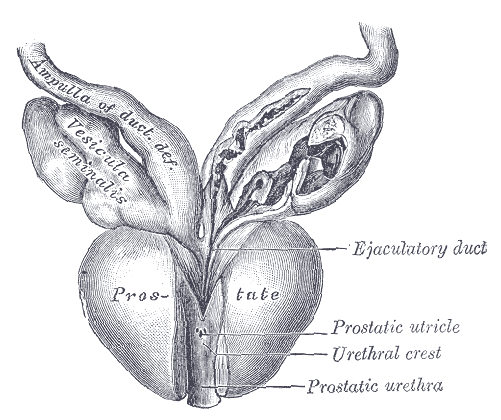
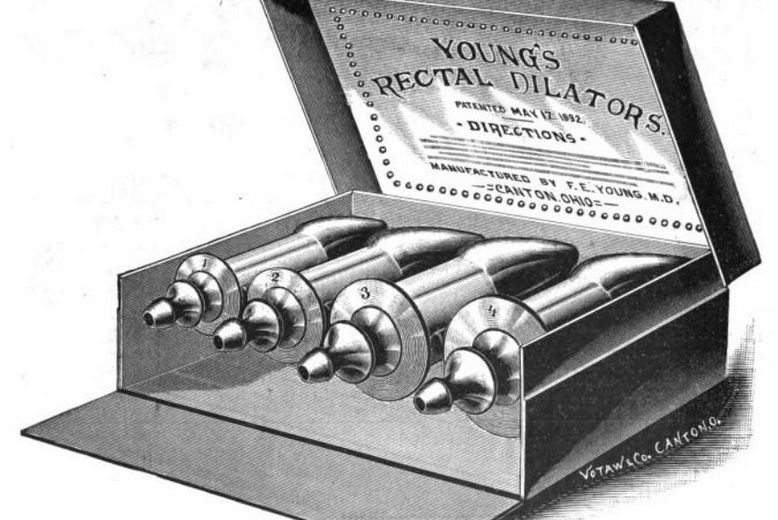
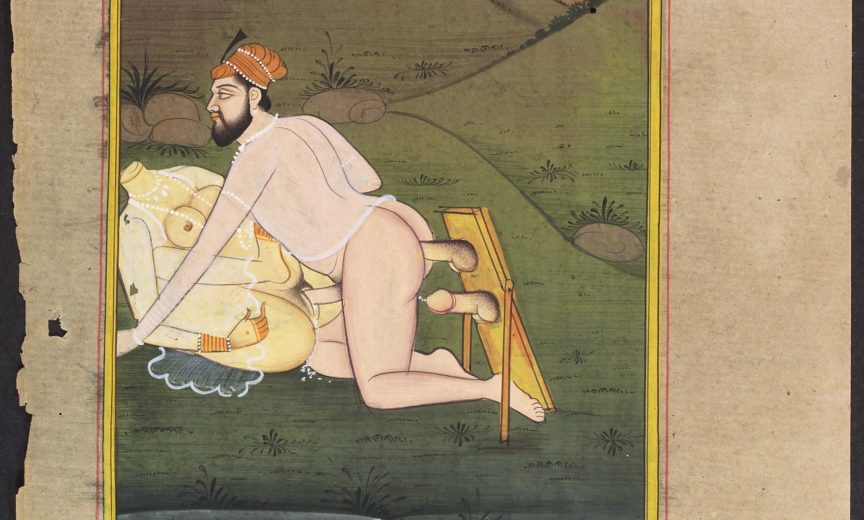
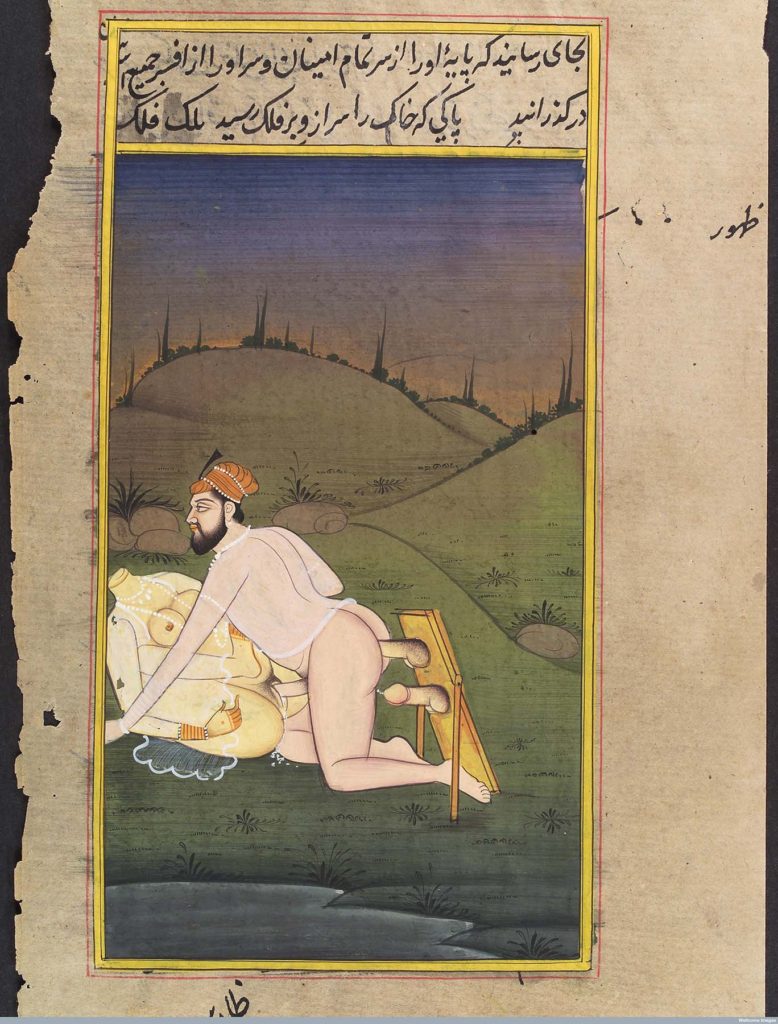
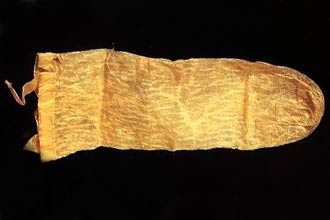
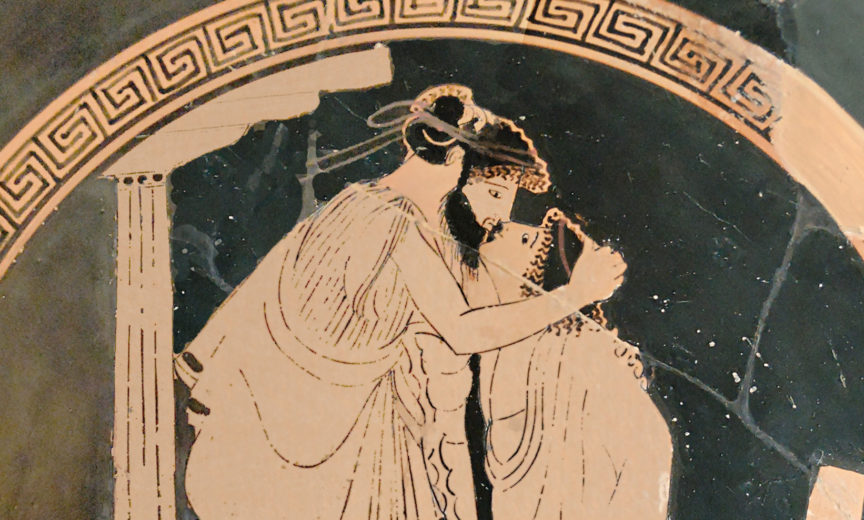
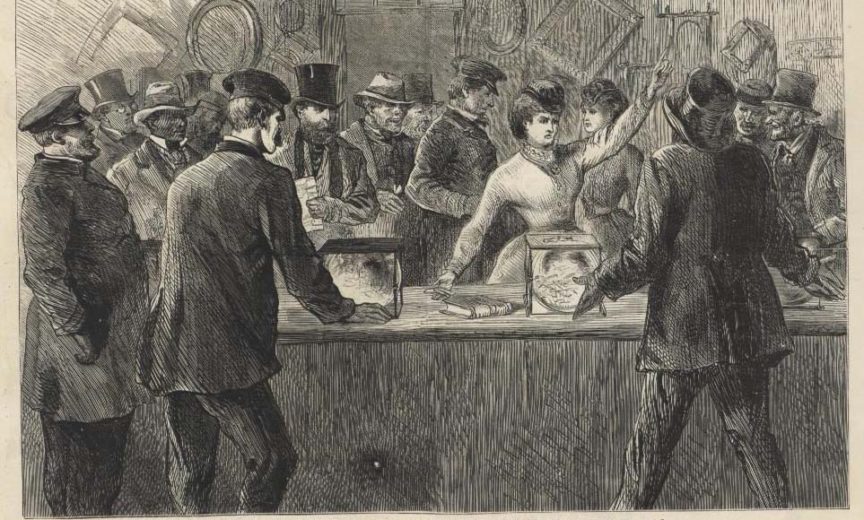
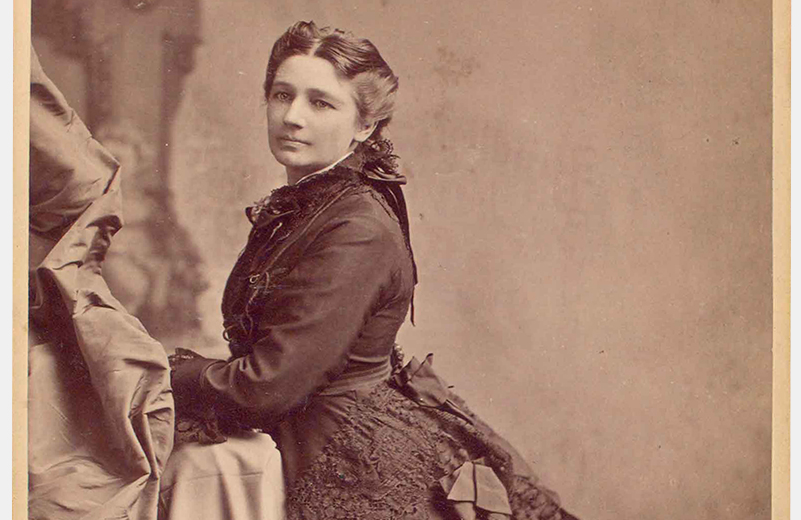
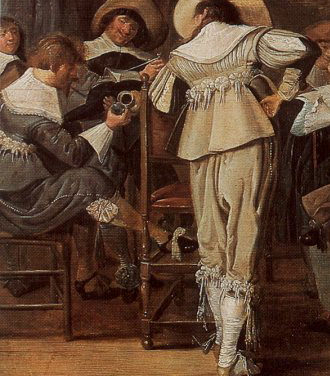
![By Dollfriend (here) [Public domain], via Wikimedia Commons](http://www.sexualhistorytour.com/wp-content/uploads/2016/04/Lovedolls.jpg)
![By Dvortygirl (Own work) [CC BY-SA 3.0 (http://creativecommons.org/licenses/by-sa/3.0) or GFDL (http://www.gnu.org/copyleft/fdl.html)], via Wikimedia Commons](http://www.sexualhistorytour.com/wp-content/uploads/2016/05/Yarndoll11-e1462228166739.jpg)
